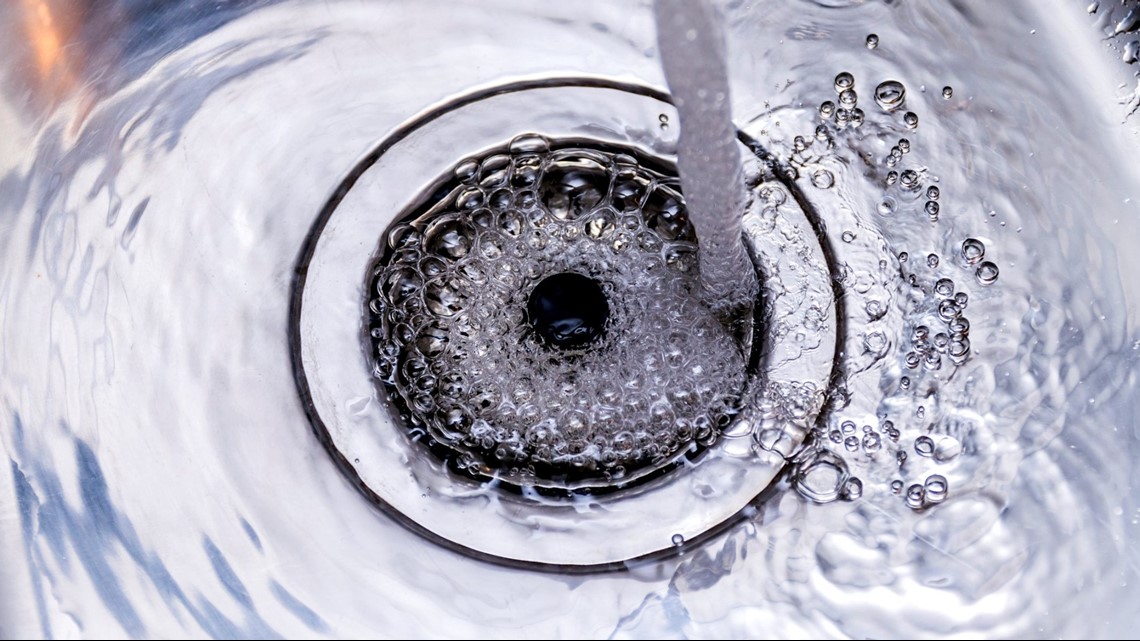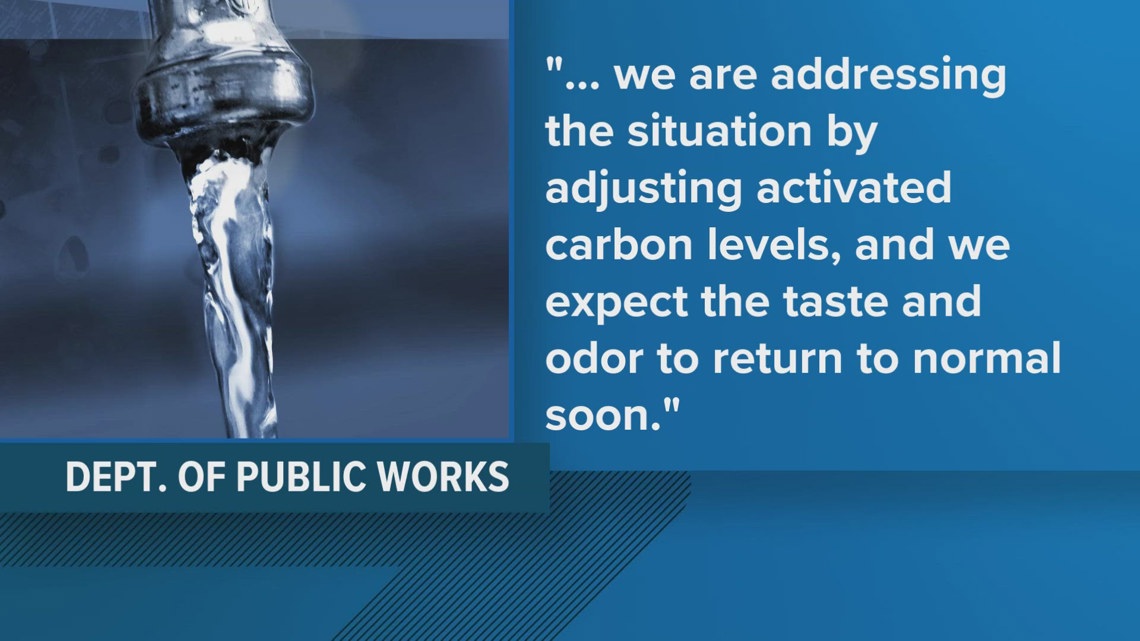“`html
Viomi Technology’s Southeast Asian Expansion and its Contribution to Sustainable Development Goals
1.0 Introduction: Strategic Initiative for Global Health and Water Security
Viomi Technology Co., Ltd (“Viomi”), a leading home water solutions company, has announced a strategic expansion into the Malaysian market. This initiative, marked by the appointment of Ms. Shila Amzah as a brand ambassador and the launch of a new AI-powered water purifier, underscores the company’s commitment to advancing the United Nations Sustainable Development Goals (SDGs), particularly SDG 6 (Clean Water and Sanitation) and SDG 3 (Good Health and Well-being).
2.0 Market Penetration and Product Innovation
On October 30, Viomi will officially launch its new AI water purifier, “INNO,” in Malaysia. This event represents a key step in the company’s strategy to address the growing demand for safe and healthy drinking water in the Southeast Asian region.
- Brand Ambassadorship: The partnership with renowned Malaysian singer Ms. Shila Amzah is designed to raise local awareness about the importance of water quality and advanced purification solutions.
- Product Launch: The “INNO” purifier, featuring Viomi’s proprietary mineralization technology, is engineered to provide households with enhanced water quality, directly contributing to public health and well-being (SDG 3).
3.0 Alignment with Sustainable Development Goals (SDGs)
Viomi’s corporate mission and technological advancements are intrinsically linked to several key SDGs. The company’s focus on “AI for Better Water” provides a framework for addressing global challenges related to water, health, and sustainable consumption.
- SDG 6: Clean Water and Sanitation: Viomi’s core business directly supports Target 6.1, which aims for universal and equitable access to safe and affordable drinking water. By developing and popularizing residential water filtration systems, the company works to mitigate health risks associated with contaminated water sources.
- SDG 3: Good Health and Well-being: By improving the quality of household drinking water, Viomi’s products help reduce exposure to waterborne pathogens and contaminants, contributing to Target 3.9, which seeks to reduce illnesses from water pollution.
- SDG 9: Industry, Innovation, and Infrastructure: The company’s investment in AI technology, intelligent hardware, and a world-leading “Water Purifier Gigafactory” exemplifies its commitment to innovation. This supports Target 9.4 by promoting clean and environmentally sound technologies to make industries more sustainable.
- SDG 12: Responsible Consumption and Production: Viomi’s business model focuses on sustainability.
- Technological innovations that extend filter lifespan and lower user costs encourage the adoption of sustainable consumer habits.
- The efficient, integrated industrial chain of its “Gigafactory” enables economies of scale, which helps reduce the resource footprint of production and accelerates the global popularization of water purification technology.
4.0 Corporate Strategy and Future Outlook
Viomi’s expansion into Malaysia is part of a broader global strategy to leverage technology for social and environmental benefit. The company’s “Equipment + Consumables” business model, enhanced by AI-driven monitoring of water quality and filter status, aims to create a sustainable ecosystem for healthy living.
Conclusion
Viomi Technology’s recent activities in Malaysia highlight a corporate strategy that aligns commercial objectives with critical global sustainability targets. Through technological innovation and strategic market expansion, the company is actively contributing to the achievement of improved public health, greater access to clean water, and more responsible patterns of consumption and production, in line with the core principles of the UN Sustainable Development Goals.
“`
1. Which SDGs are addressed or connected to the issues highlighted in the article?
- SDG 6: Clean Water and Sanitation: The article’s primary focus is on Viomi, a company whose mission is to provide “better drinking water solutions for households worldwide.” The launch of their AI water purifier directly contributes to improving access to clean and safe drinking water.
- SDG 3: Good Health and Well-being: The article repeatedly emphasizes the health benefits of its products, aiming to bring a “smarter and safer drinking water lifestyle” and a “high-quality, healthy lifestyle.” This directly relates to preventing waterborne diseases and promoting well-being.
- SDG 9: Industry, Innovation, and Infrastructure: Viomi is presented as a “leading technology company” that is “dedicated to innovating in water purification.” The use of “AI technology,” development of “intelligent hardware and software,” and operation of a “Water Purifier Gigafactory” highlight advancements in industry and technology.
- SDG 12: Responsible Consumption and Production: The article mentions that the company’s “continuous technological innovations extend filter lifespan.” This contributes to reducing waste from consumables (filters), promoting more sustainable consumption patterns.
2. What specific targets under those SDGs can be identified based on the article’s content?
SDG 3: Good Health and Well-being
-
Target 3.9: By 2030, substantially reduce the number of deaths and illnesses from hazardous chemicals and air, water and soil pollution and contamination.
- Explanation: Viomi’s products, such as the new AI water purifier, are designed to provide “safer drinking water” and address the “global demand for cleaner, fresher and healthier drinking water.” By purifying water at the household level, the technology directly helps reduce exposure to water contamination, which is a major cause of illness.
SDG 6: Clean Water and Sanitation
-
Target 6.1: By 2030, achieve universal and equitable access to safe and affordable drinking water for all.
- Explanation: The company’s mission is to “provide better drinking water solutions for households worldwide” and accelerate the “global popularization of residential water filtration.” By developing technology that also “lower[s] user costs,” Viomi is working towards making safe drinking water more accessible and affordable at the point of use.
SDG 9: Industry, Innovation, and Infrastructure
-
Target 9.5: Enhance scientific research, upgrade the technological capabilities of industrial sectors in all countries, in particular developing countries, including, by 2030, encouraging innovation and substantially increasing the number of research and development workers per 1 million people and public and private research and development spending.
- Explanation: The article highlights Viomi’s commitment to “innovating in water purification” and using “AI technology to create new possibilities.” The company’s development of “proprietary mineralization technology” and its operation of a “world-leading ‘Water Purifier Gigafactory'” demonstrate an upgrade in technological capabilities and a focus on innovation within the water solutions industry.
SDG 12: Responsible Consumption and Production
-
Target 12.2: By 2030, achieve the sustainable management and efficient use of natural resources.
- Explanation: The article states that Viomi’s “continuous technological innovations extend filter lifespan.” Extending the life of a consumable product like a water filter reduces the rate of replacement, thereby decreasing waste and the consumption of materials required to produce new filters. This represents a more efficient use of resources.
3. Are there any indicators mentioned or implied in the article that can be used to measure progress towards the identified targets?
- Implied Indicator for Target 6.1: The rate of adoption of water purifiers. The article mentions Viomi’s goal is to promote the “adoption of water purifiers” and achieve “global popularization of residential water filtration.” An increase in the number of households using these systems would indicate progress towards providing access to safe drinking water.
- Implied Indicator for Target 9.5: The development and launch of new technologies. The unveiling of the “new AI water purifier, INNO,” which features “proprietary mineralization technology,” serves as a tangible indicator of the company’s investment in innovation and the upgrading of its technological capabilities.
- Mentioned Indicator for Target 12.2: Extended filter lifespan. The article explicitly states that the company’s innovations “extend filter lifespan.” This is a direct, measurable indicator of more efficient resource use, as a longer lifespan means less frequent replacement and reduced material consumption over time.
4. Create a table with three columns titled ‘SDGs, Targets and Indicators” to present the findings from analyzing the article.
| SDGs | Targets | Indicators |
|---|---|---|
| SDG 3: Good Health and Well-being | Target 3.9: Substantially reduce illnesses from water pollution and contamination. | (Implied) Provision of “smarter and safer drinking water” through purification technology. |
| SDG 6: Clean Water and Sanitation | Target 6.1: Achieve universal and equitable access to safe and affordable drinking water for all. | (Implied) The adoption rate of water purifiers and the “global popularization of residential water filtration.” |
| SDG 9: Industry, Innovation, and Infrastructure | Target 9.5: Enhance scientific research and upgrade technological capabilities. | (Implied) The development and launch of new products like the “AI water purifier, INNO” with “proprietary mineralization technology.” |
| SDG 12: Responsible Consumption and Production | Target 12.2: Achieve the sustainable management and efficient use of natural resources. | (Mentioned) The extension of filter lifespan through “continuous technological innovations.” |
Source: quiverquant.com






